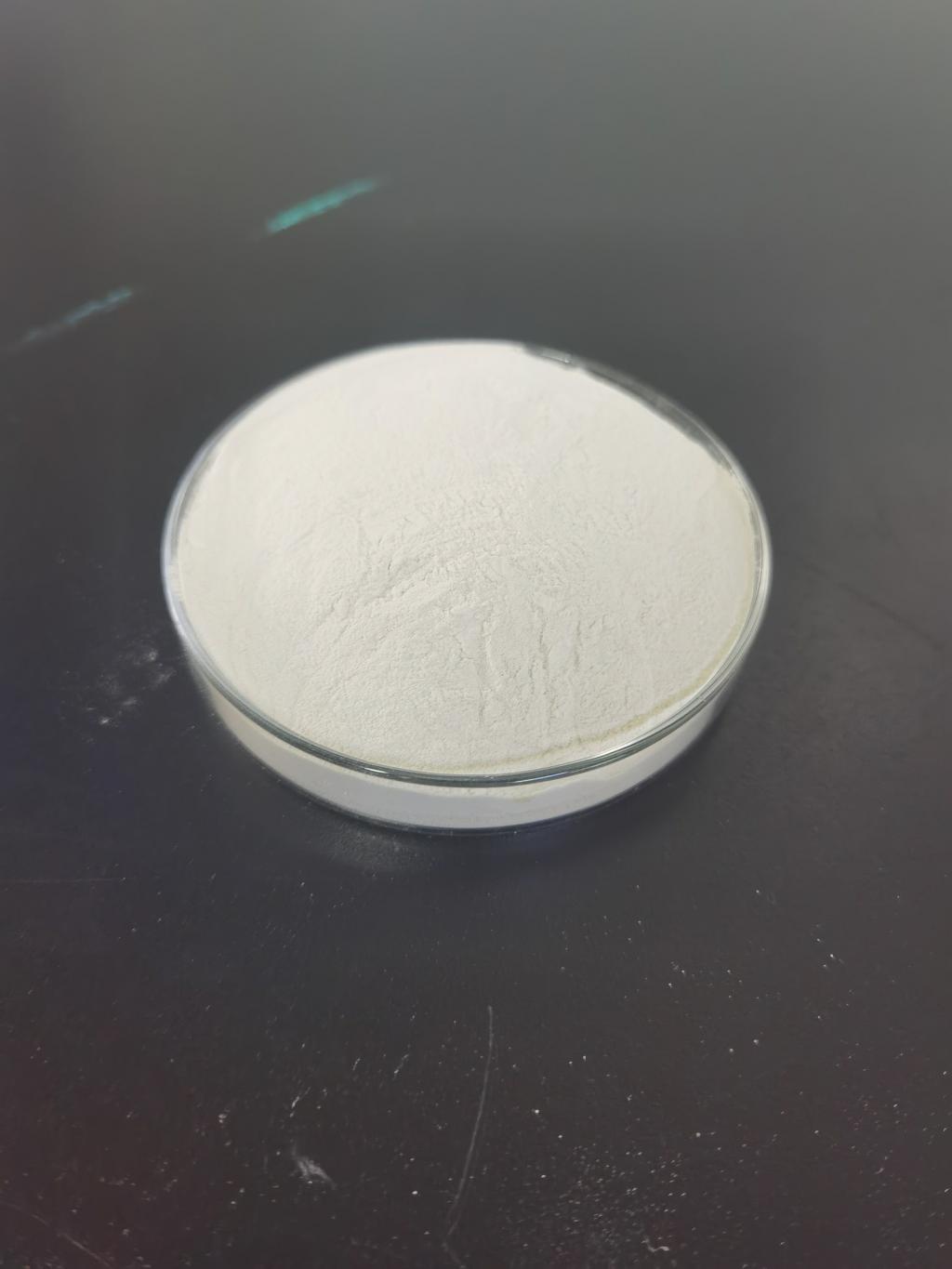Tel:+8618231198596

News
 CONTACT
CONTACT
 CONTACT
CONTACT
- Linkman:Linda Yao
- Tel: +8618231198596
- Email:linda.yao@dcpharma.cn
- Linkman:CHARLES.WANG
- Department:Overseas
- Tel: 0086 0311-85537378 0086 0311-85539701
News
Current Position:
Home >
News
>Nisin's Impact on Reducing Antibiotic Resistance in Livestock Farming
Nisin's Impact on Reducing Antibiotic Resistance in Livestock Farming
TIME:2024-02-22
Understanding Antibiotic Resistance in Livestock:
The use of antibiotics in livestock has been a common practice to promote growth, prevent diseases, and improve overall animal health. However, this widespread use has led to the emergence of antibiotic-resistant bacteria in both animals and humans. Livestock, such as poultry, cattle, and pigs, are often treated with antibiotics as a preventive measure or to address infections within confined farming environments. The overuse and misuse of antibiotics contribute to the selection and proliferation of resistant bacterial strains, posing a threat to the effectiveness of antibiotics in both veterinary and human medicine.
Nisin: A Natural Antimicrobial Peptide:
Nisin is a naturally occurring antimicrobial peptide produced by certain strains of the bacteria Lactococcus lactis. It has been used for decades in the food industry as a food preservative due to its ability to inhibit the growth of a wide range of bacteria, including Gram-positive bacteria. Nisin acts by disrupting bacterial cell membranes, leading to cell death. Its natural origin and specific mode of action make it an attractive candidate for reducing antibiotic resistance in livestock.
Mechanism of Action:
Nisin's mechanism of action involves binding to lipid II, a precursor in bacterial cell wall synthesis, disrupting membrane integrity, and forming pores that ultimately lead to cell death. Unlike traditional antibiotics, which often target specific bacterial metabolic pathways, nisin's mode of action makes it less prone to resistance development. Additionally, nisin has shown effectiveness against various antibiotic-resistant bacterial strains, making it a promising alternative in combating multidrug-resistant pathogens.
Nisin in Livestock Farming:
Several studies have investigated the use of nisin in livestock farming as a potential alternative to traditional antibiotics. In poultry farming, for example, nisin has been explored as a feed additive to promote growth and prevent diseases. Research suggests that nisin supplementation in poultry diets can improve feed conversion efficiency and reduce the occurrence of bacterial infections, thereby decreasing the need for conventional antibiotics.
Similarly, in dairy farming, where mastitis is a common bacterial infection affecting milk production, nisin has been studied for its antimicrobial properties. Incorporating nisin-based strategies in mastitis prevention and treatment could offer a sustainable approach to reduce the use of antibiotics in dairy farming, ultimately decreasing the prevalence of antibiotic-resistant bacteria.
Impact on Gut Microbiota:
Livestock gut microbiota play a crucial role in digestion, nutrient absorption, and overall health. Antibiotic use in livestock can disrupt the balance of gut microbiota, leading to negative consequences such as impaired nutrient utilization and increased susceptibility to infections. Unlike broad-spectrum antibiotics, nisin exhibits selectivity against certain bacterial species, preserving a more balanced gut microbiome. This selectivity is crucial in maintaining the health and performance of livestock without causing widespread disruptions to the microbial community.
Challenges and Considerations:
While the potential of nisin in reducing antibiotic resistance in livestock farming is promising, several challenges and considerations need to be addressed. Firstly, the cost-effectiveness of nisin production on a large scale must be evaluated to ensure its practicality for widespread use in the industry. Additionally, regulatory approvals and guidelines for nisin usage in livestock need to be established to guarantee its safety for both animals and consumers.
Moreover, understanding the long-term effects of nisin supplementation on livestock, including any potential development of resistance or unintended consequences, is crucial for sustainable implementation. Continuous monitoring and research are necessary to assess the evolving landscape of antimicrobial resistance in livestock and to adapt strategies accordingly.
Conclusion:
The overuse of antibiotics in livestock farming contributes significantly to the global challenge of antibiotic resistance. Nisin, as a natural antimicrobial peptide, presents a promising alternative with the potential to mitigate the development and spread of antibiotic-resistant bacteria. Its specific mode of action, effectiveness against resistant strains, and positive impact on gut microbiota make it a viable candidate for reducing the reliance on traditional antibiotics in livestock.
As research on nisin in livestock farming progresses, it is essential to address challenges such as cost-effectiveness, regulatory frameworks, and potential long-term consequences. Implementing nisin-based strategies in livestock management requires a comprehensive and multidisciplinary approach to ensure both the health of animals and the sustainability of agriculture practices. By embracing alternatives like nisin, the agricultural industry can contribute to the global efforts in preserving the efficacy of antibiotics and mitigating the risks associated with antibiotic resistance.
- Tel:+8618231198596
- Whatsapp:18231198596
- Chat With Skype







